Rolex breaks taboo with takeover of Bucherer
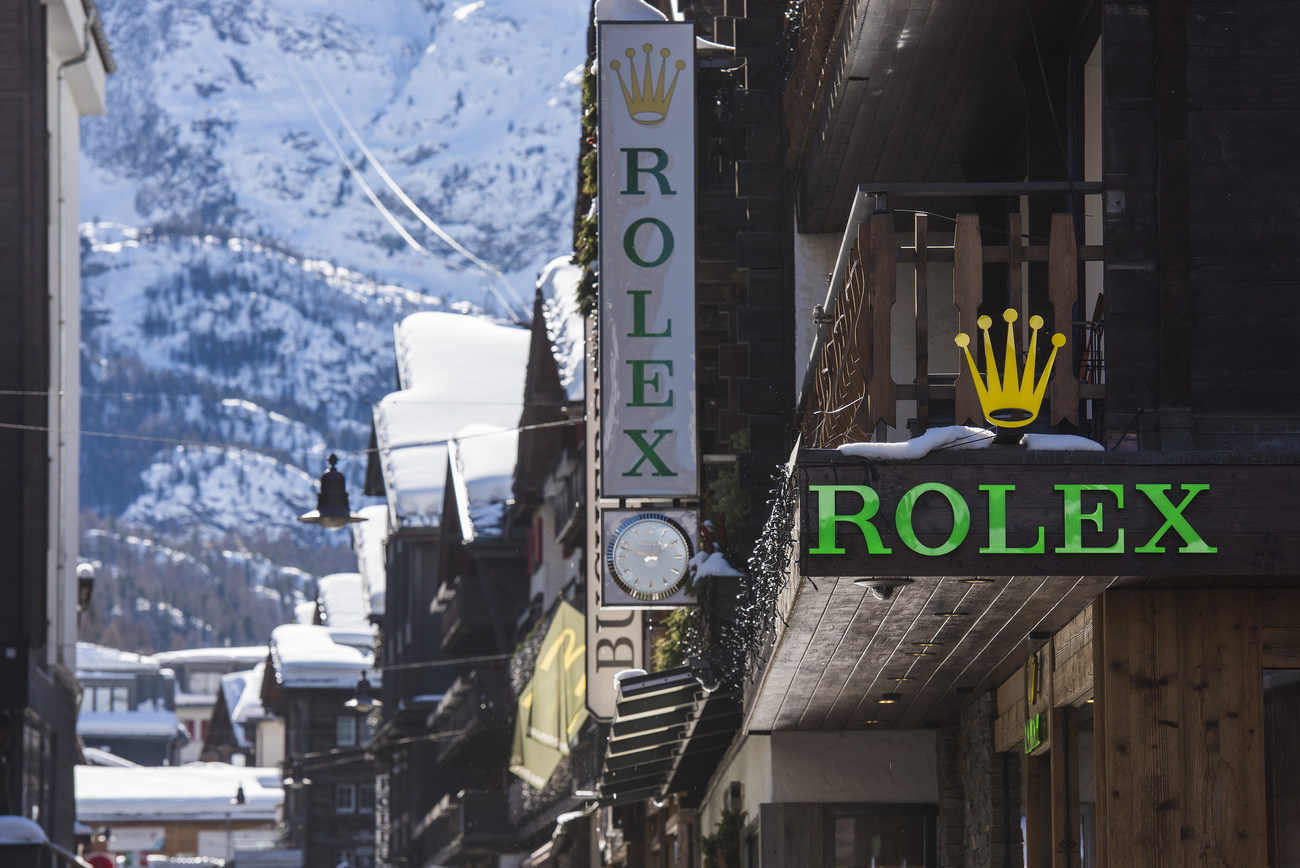
The takeover of the Swiss watch and jewellery retailer Bucherer by the luxury brand Rolex was met with great surprise by watch lovers all over the world. However, those familiar with the industry see logic in the transaction. An analysis by Masayuki Hirota, editor-in-chief of the industry magazine Chronos Japan.
The deal is the talk of the watch industry. Rolex, one of the world’s largest manufacturers of luxury watches, with annual sales of CHF8 billion ($8.9 billion), is buying Bucherer, a retailer with more than 100 shops, mainly in Europe and the United States, and annual sales of more than CHF1.8 billion.
Among insiders, however, the takeover did not come as a great surprise. Gisbert L. Brunner, a world-renowned watch journalist, wroteExternal link in the online watch magazine Uhrenkosmos that he had “heard such sales rumours again and again for some time”. Bucherer is currently run by 87-year-old Jörg Bucherer, the third generation of the founding family. However, he has no direct heirs. A takeover by Rolex, which is also based in Switzerland, seemed obvious. With the takeover, however, Rolex has broken a long-standing taboo.
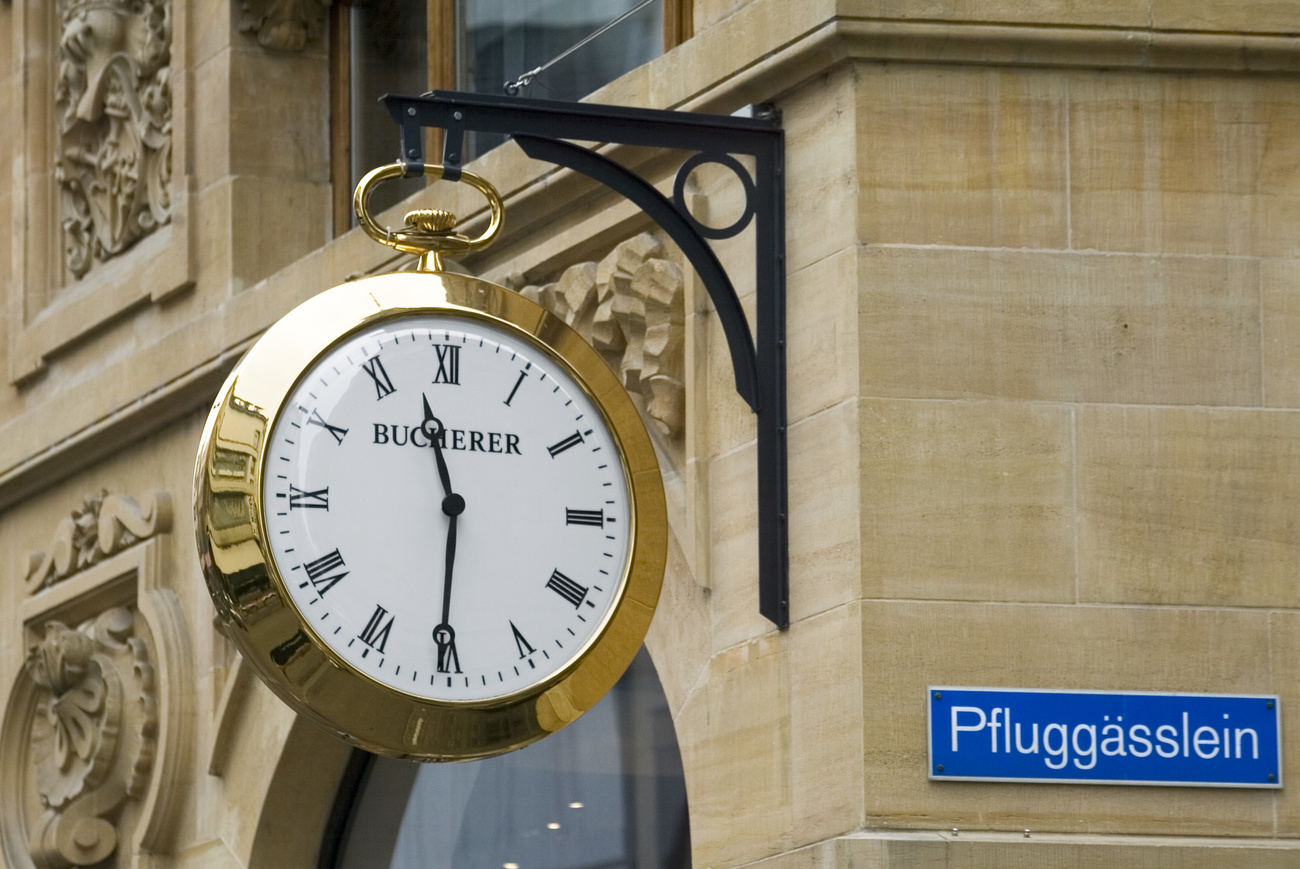
More
Bucherer: a Swiss luxury brand ahead of its time
A change of direction in Rolex strategy
Founded in 1924, Rolex has achieved its success through a consistent division of labour. The design and planning of watches is carried out by Rolex Geneva, while the manufacture of movements is undertaken by Rolex Bienne (Aegler) in the city of Biel. Sales are the responsibility of retailers around the world. Although Rolex Geneva has consolidated its production structure by acquiring manufacturers, including Rolex Bienne, the company has so far continued to distance itself from its own distribution network. Instead, the company built a strong sales team by working with leading retailers such as Bucherer. The only directly managed shop is in Geneva, while the other Rolex shops are operated by local retailers.
Thanks to this business model, which is based on the separation of production and sales, Rolex does not have to carry excessive inventories. This is an advantage over competitors who rely on a direct sales structure, leading to huge inventories. Rolex, on the other hand, has heavily protected its retailers to secure their loyalty. With the acquisition of Bucherer, Rolex now has its own distribution network – a change of direction.
Signs of the deal
In recent times the Bucherer takeover had been merely a rumour, but there were already two substantial signs. Firstly, Bucherer was already selling certified second-hand Rolex watches, which was controversial but indicated a strengthening of the relationship between the two companies. Secondly, Carl F. Bucherer announced before the takeover that it would merge its collections down to three and reduce the number of models to 120. In addition, the global distribution network would be concentrated on the key markets of the US, Switzerland, Europe, China, Japan, India and the Middle East, while the total number of shops would be reduced by around 40%.
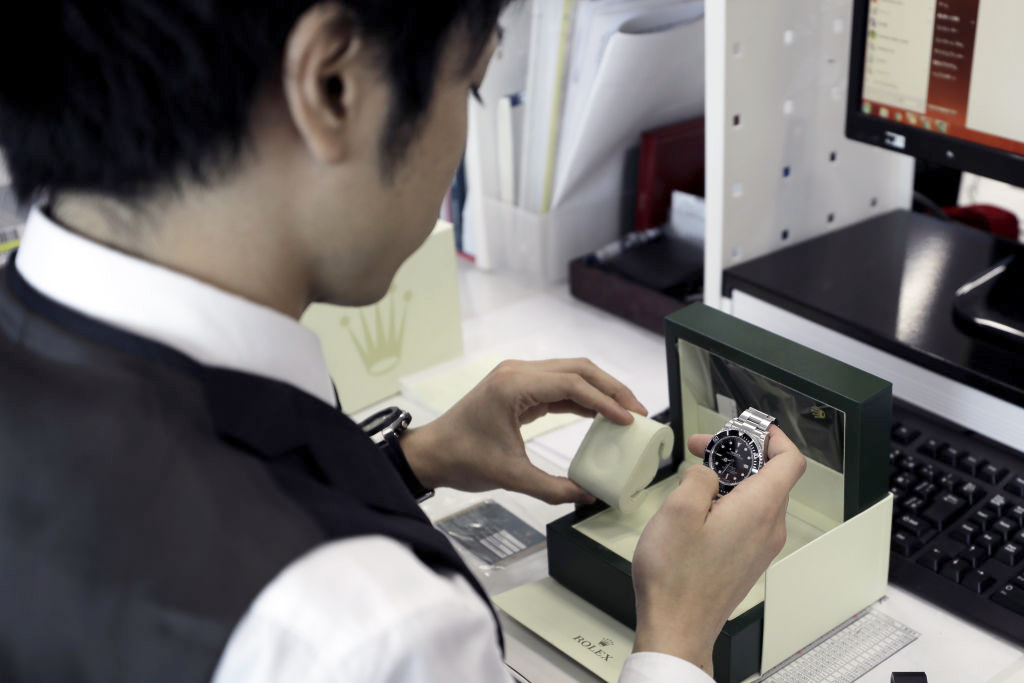
More
Watch lovers in Japan can spend years hunting for a Rolex
It stands to reason that the reorientation of the successful Carl F. Bucherer company went hand in hand with its takeover by Rolex. At the very least, a classic restructuring of the product range would reduce the likelihood that Carl F. Bucherer’s collections would appeal to the same clientele as those of Rolex and its sister company Tudor. Quietly, the two companies were preparing for the takeover.
A transaction worth billions
The takeover price was not disclosed. However, a financier familiar with the matter said that the value of Rolex’s acquisition of Bucherer was much higher than the amount Rolex Geneva paid for Rolex Bienne. In other words, the transaction is likely to amount to at least CHF5 billion. Several watch industry observers estimate that the reasons for Rolex’s willingness to take a new direction and spend so much money can be summarised in a few words: Rolex is a big player in the watch industry and has the potential to remain so in the future.
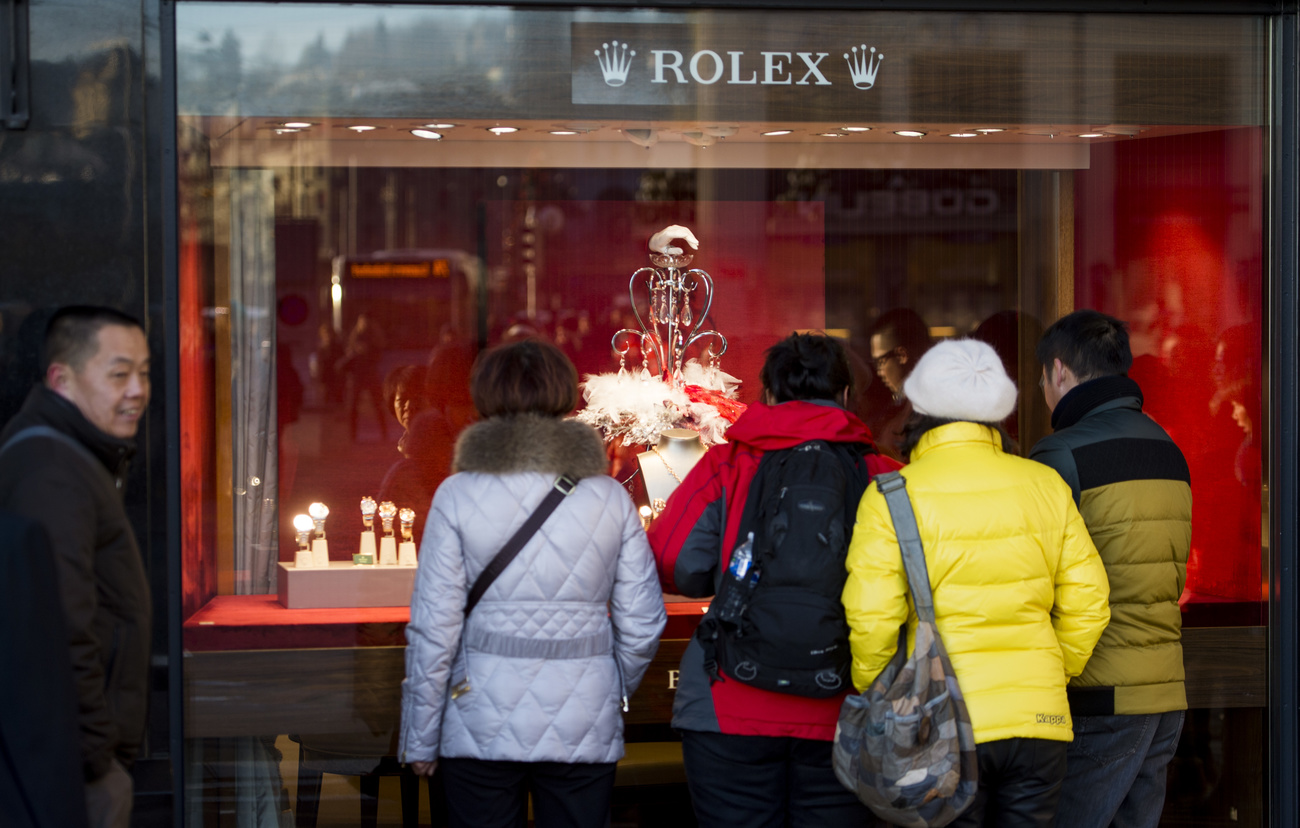
On the one hand, Rolex did not want to give up its good sales locations. Bucherer now has more than 100 shops in prime locations in Europe and the US. The best of these are reserved for Rolex and Tudor. If Bucherer had been taken over by another company, Rolex might have lost its prime locations. And even if Rolex had not had to move, the competitive pressure from other luxury-watch manufacturers within the shops might have increased.
Only the best locations count
Anyone currently looking to open a luxury-watch shop wants to do so only in the best locations. This is true in the US, the United Kingdom, Mexico, Japan and China. Given the fierce competition between companies for space, it is understandable that Rolex wants to maintain its presence in Bucherer’s shops, which boast the best locations in Europe and the US.
In addition, Jörg Bucherer probably wanted to maintain Bucherer’s independence and integrity. The global presence, the market position of Rolex and the close relationship with the luxury-watch manufacturer should make this possible. Rolex’s statementExternal link says that “with this acquisition, the Geneva-based watch brand intends to continue Bucherer’s success as well as the close partnership between the two companies that has existed since 1924”. What the alternative would have been is hinted at by the financier mentioned above: “Had Bucherer been put up for sale publicly, retailers from the Middle East and Asia as well as investment funds would have raised their hands. And given Bucherer’s locations, a purchase would have been immediately profitable”.
Will the takeover of Bucherer by Rolex now permanently change the watch industry? Most likely not. Rolex itself makes this clear with its announcement that “Rolex’s successful cooperation with the other official retailers in its distribution network will continue unchanged”. Given Rolex’s policy of separating manufacturing and distribution, it is unlikely that Rolex will make a major change in its retail business after the acquisition.
However, the takeover of Bucherer by Rolex has once again shown competitors how important location is. With the spread of e-commerce, offline shops are being forced to make qualitative changes. Specifically, if you want to open a shop in the real world, you need a better location. While there will be few noticeable changes, the battle between luxury brands for good locations will become even fiercer.
Edited by Reto Gysi von Wartburg. Translated from German by Sue Brönnimann.
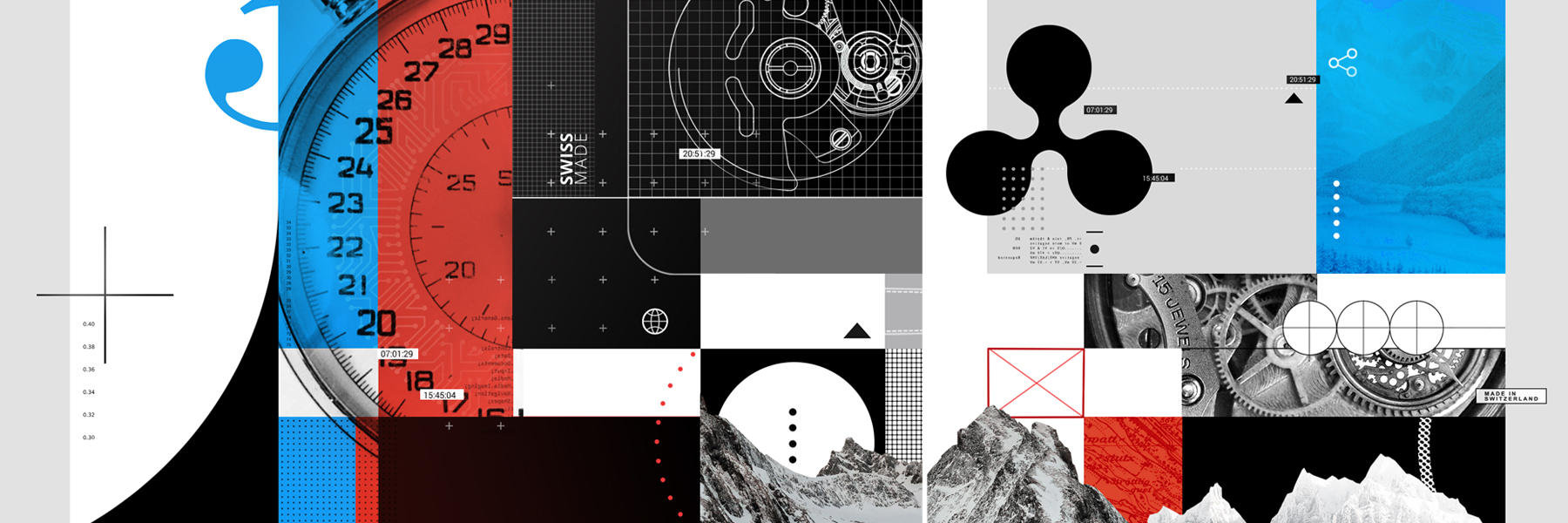
More
Can Swiss watchmakers survive another century of disruption?

In compliance with the JTI standards
More: SWI swissinfo.ch certified by the Journalism Trust Initiative
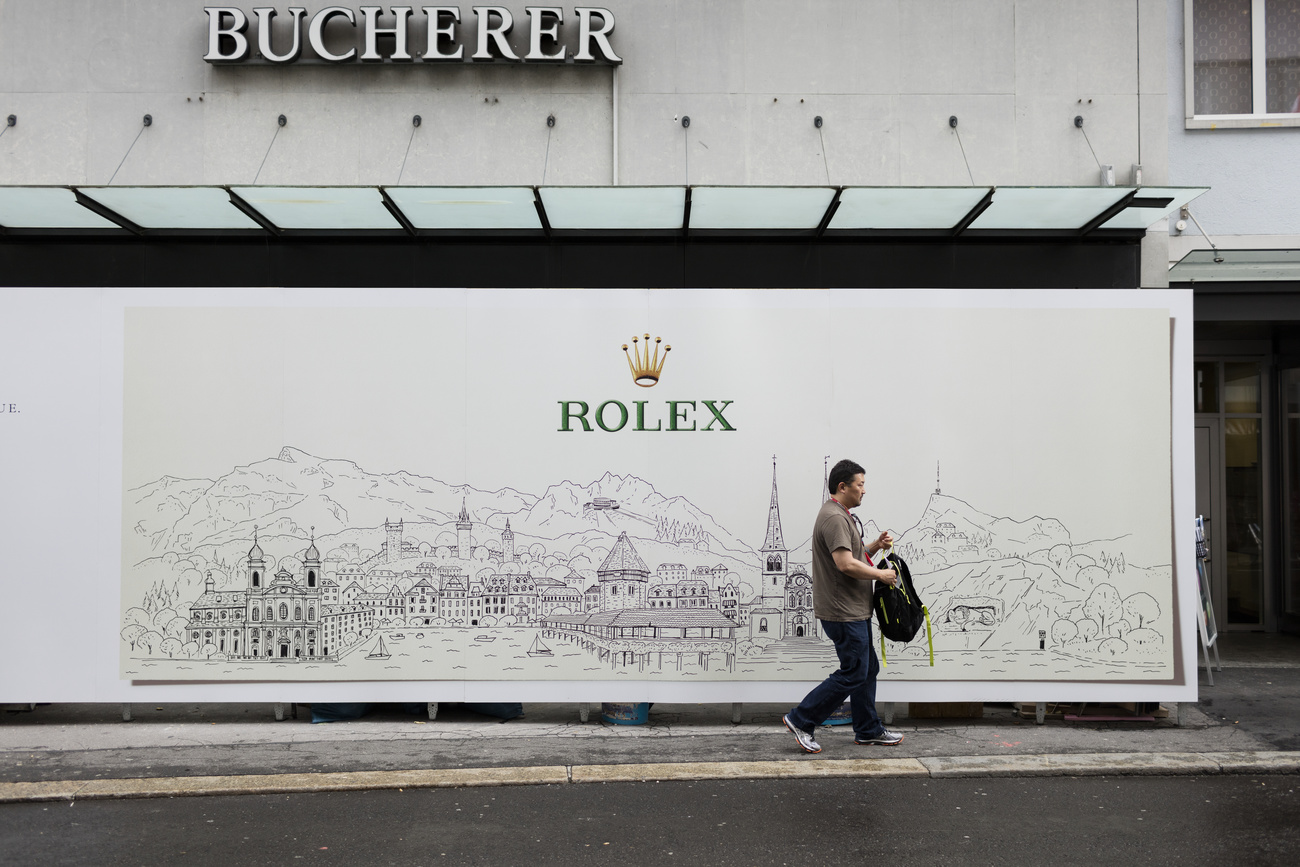
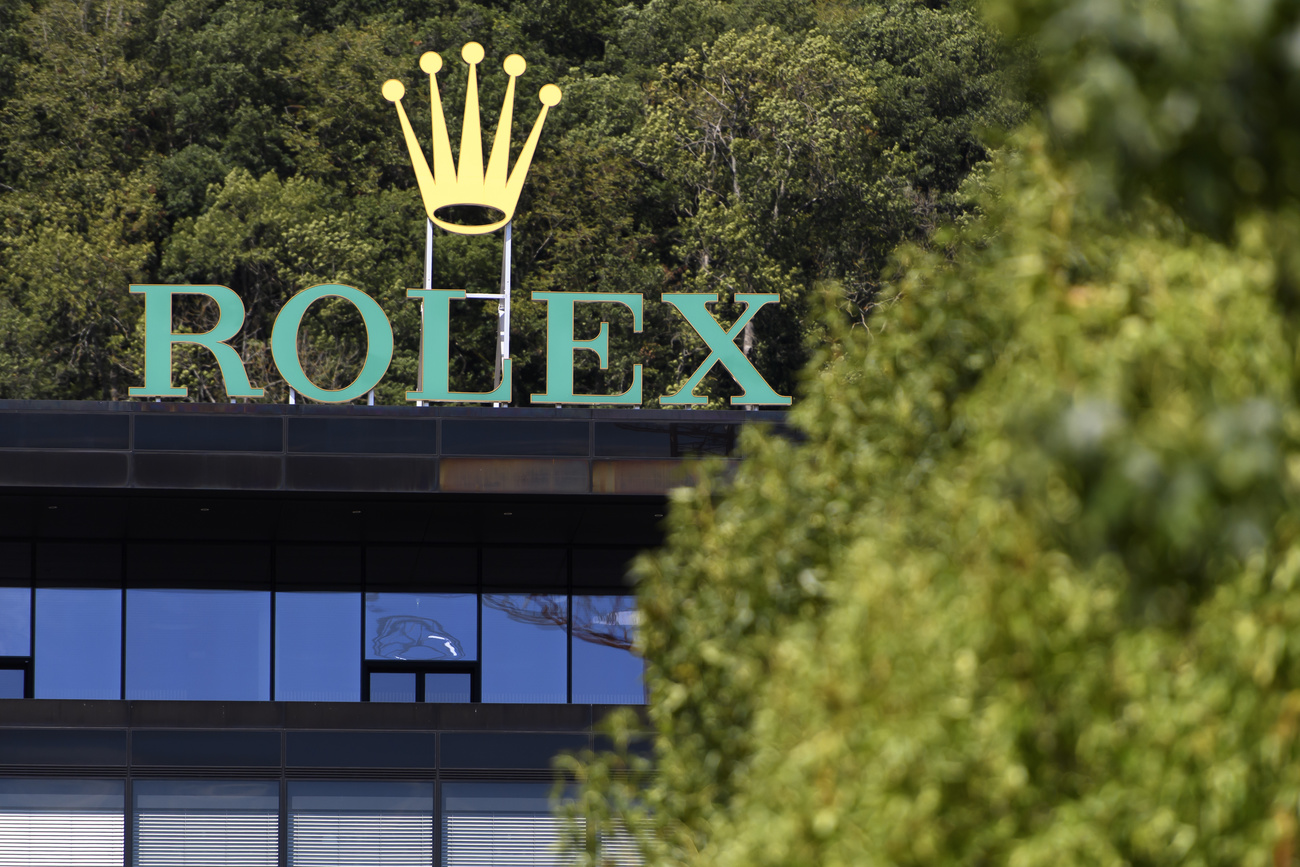
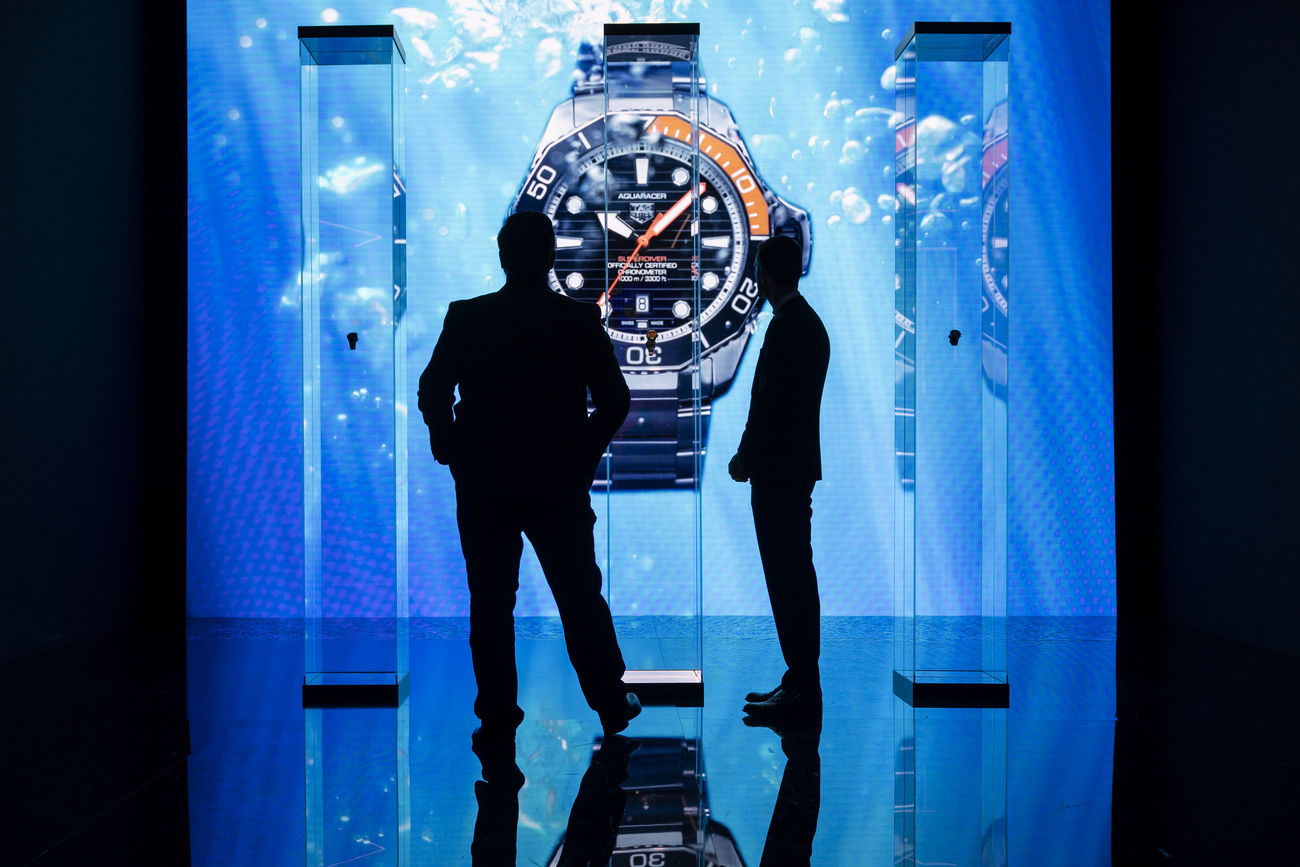
You can find an overview of ongoing debates with our journalists here . Please join us!
If you want to start a conversation about a topic raised in this article or want to report factual errors, email us at english@swissinfo.ch.